Are you looking for companion plants for sweet potatoes? If so, you've come to the right place! Here are the best and worst companion plants for sweet potatoes!
The sweet potato plan is a warm-season tuber crop. It is a herbaceous trailing vine that grows up to 10 feet long.
Sweet potatoes are a sweet, starchy tuber. They can be baked into sweet potato fries, mashed and made into sweet potato casserole for Thanksgiving dinner, or eaten raw as sweet potato chips!
The flowering sweet potato plant attracts pollinators, such as bees and butterflies. On the flip side, sweet potato plants are susceptible to a number of pests, including aphids, whiteflies, and nematodes.

As an Amazon Associate I earn from qualifying purchases.
Jump to:
What Is Companion Planting?
Companion planting is the practice of planting two or more plant species in close proximity to each other in order to benefit from each other. Companion plants can provide protection from pests, improve soil fertility and health, and attract beneficial insects.
Some companion plants are better suited for companion planting with sweet potatoes than others.
What Are The Benefits?
Companion planting helps to protect plants from pests, foragers, and diseases, without any store-bought chemicals! Some plants attract pollinators or beneficial insects to prey on destructive pests. It can improve the growth and even flavor of one or both plants. Companion plants can help provide optimal growing conditions, such as necessary shade or ground cover. They can also improve soil health through nitrogen fixation and nutrient cycling.
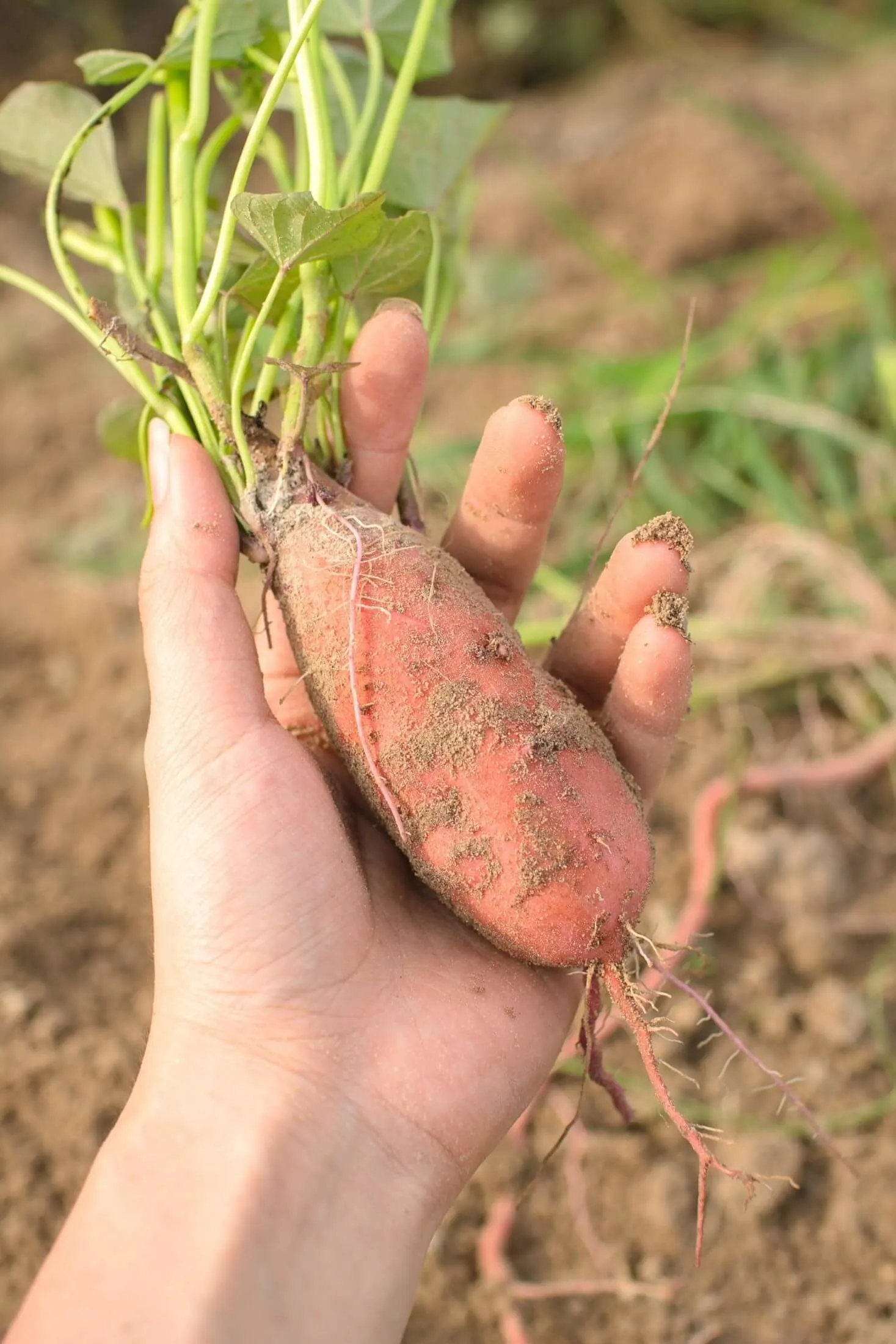
Companion Planting Considerations
- will the plants shade each other or compete for sunlight?
- will the plants attract or deter pests? Are they susceptible to the same pests?
- will they compete for the same space or nutrients?
- will the companion plants interact badly with each other?
Best Sweet Potato Companion Plants
Alliums
Garlic, onions, chives, and other members of the allium family are great sweet potato companion plants. Alliums help sweet potatoes thrive by attracting pollinators, repelling sweet potato pests such as bean weevils and sweet potato flea beetles, and improving the health of sweet potato plants by deterring root-knot nematodes.
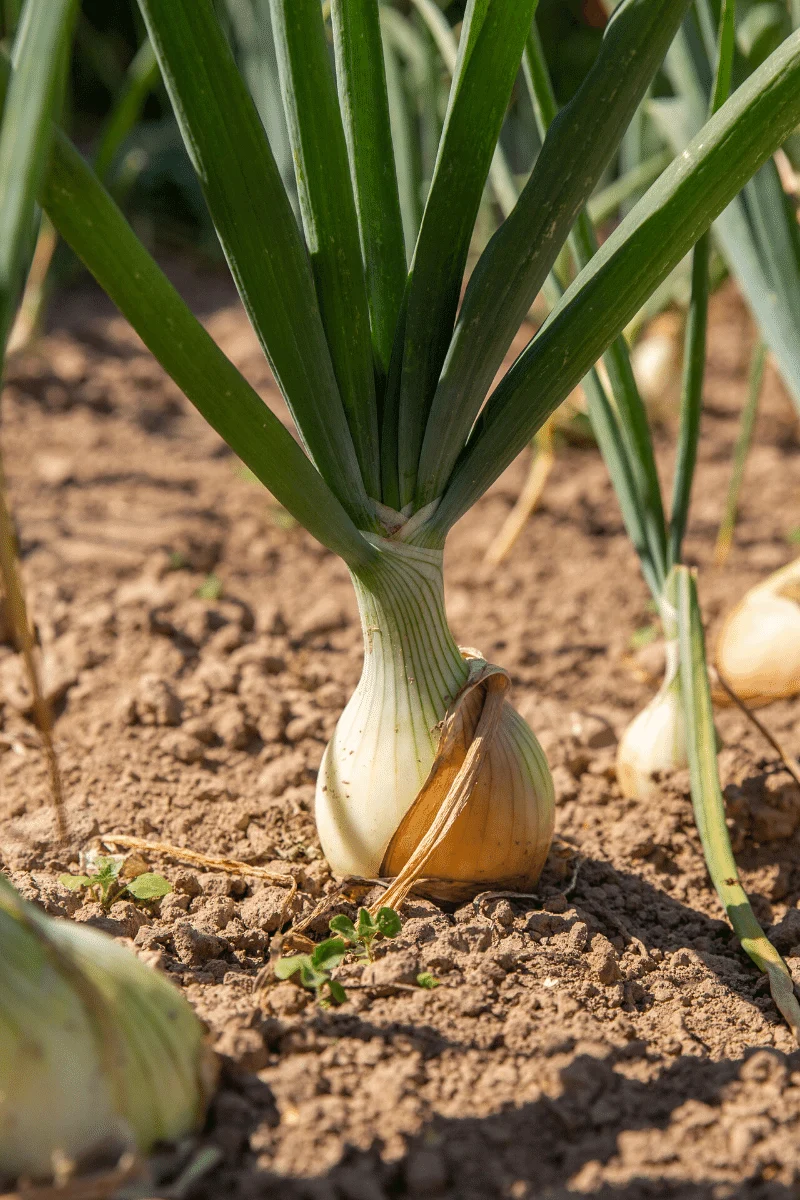
Alyssum
Alyssum is a sweet-smelling sweet potato companion plant that attracts beneficial insects like lacewing to prey on aphids, mites, and beetles.
Alyssum is a fantastic companion plant for many plants and it's often used in food forests and fruit tree guilds to help attract predatory insects and pollinators!
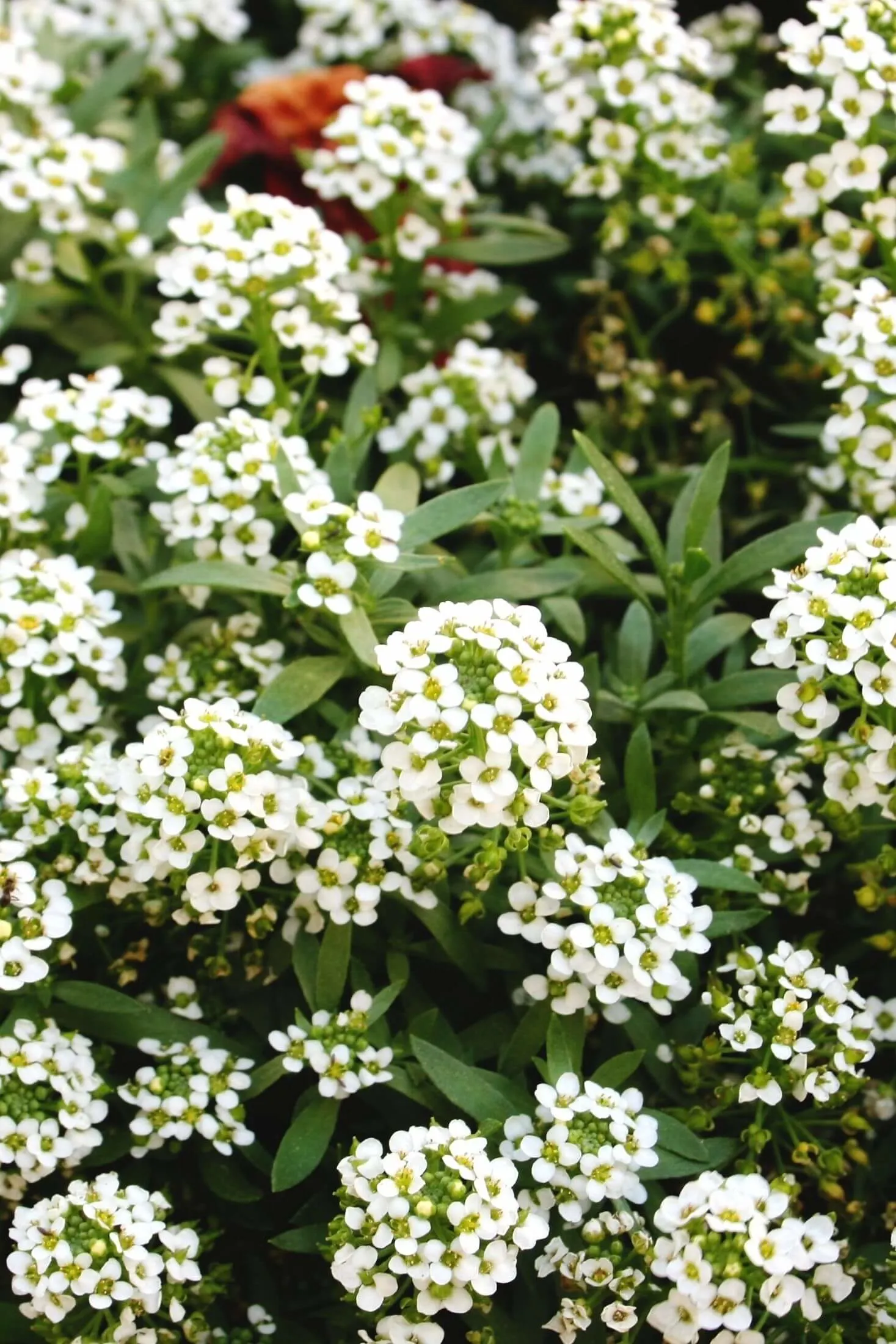
Herbs
Herbs are great aromatic confusers in the garden. They can help to camouflage your sweet potatoes from pests and foragers. Thyme, dill, and basil help to attract beneficial insects like hoverflies to eat aphids, while repelling flies, thrips, spider mites, and hornworms.
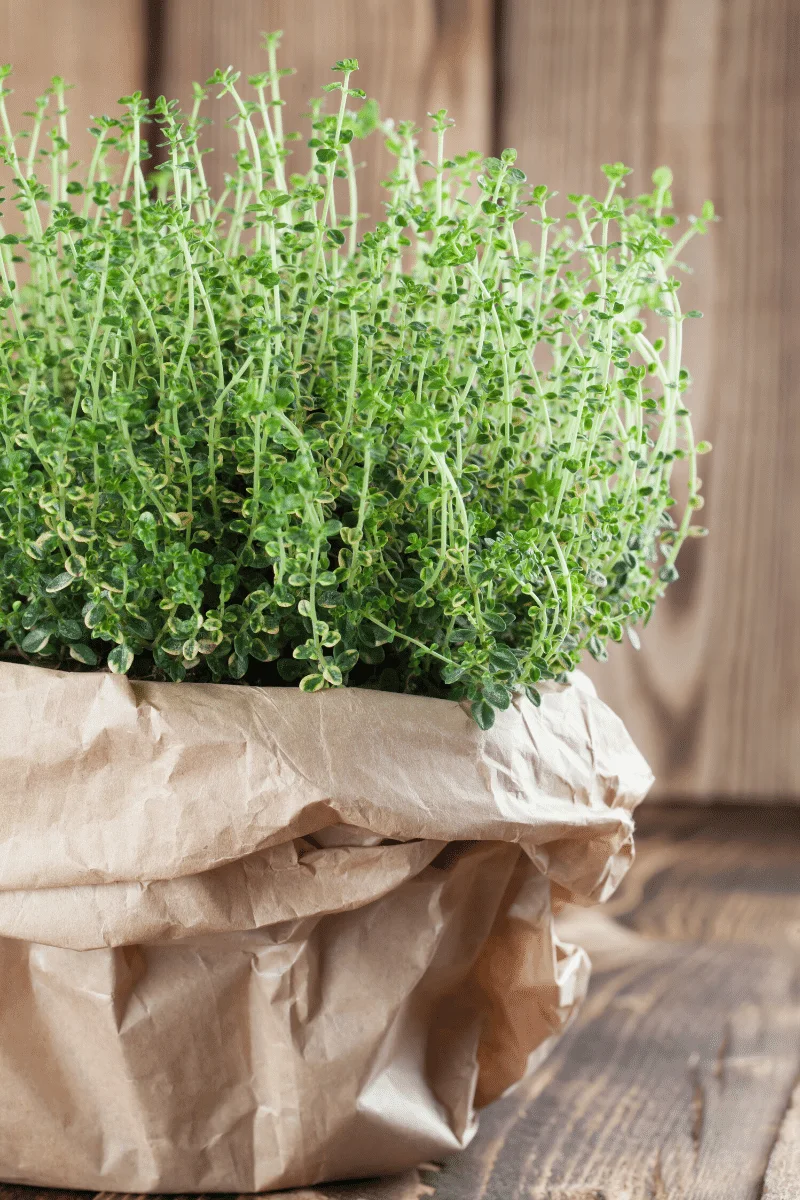
Legumes
All legumes are nitrogen-fixing plants, but beans, in particular, are great companion plants for sweet potatoes because sweet potatoes can benefit from the nitrogen-rich nodules found on bean roots. Beans also attract sweet potato pests away from sweet potatoes and can offer shade protection from the hot sun.
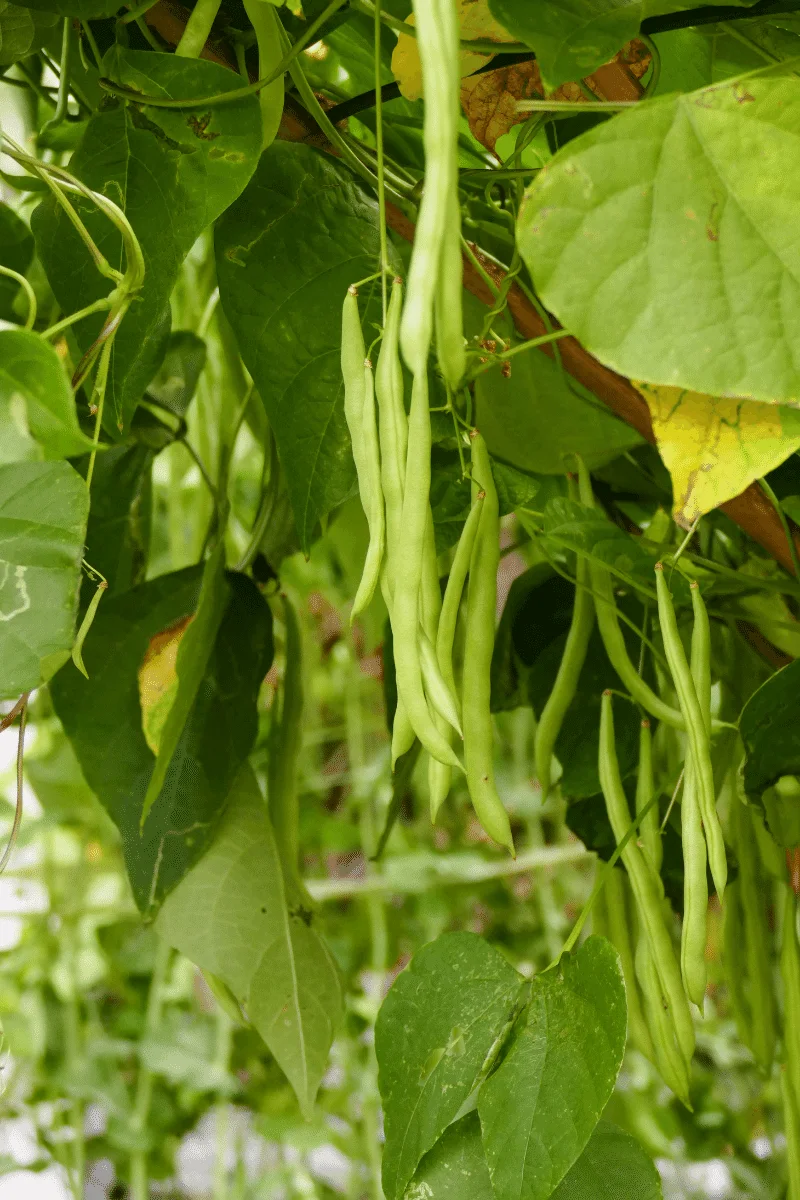
Marigolds
The bright orange and yellow flowers of marigolds are a great addition to the garden, and they make excellent sweet potato companion plants. Marigolds help to repel nematodes that destroy root systems, whiteflies, aphids, and other pests.
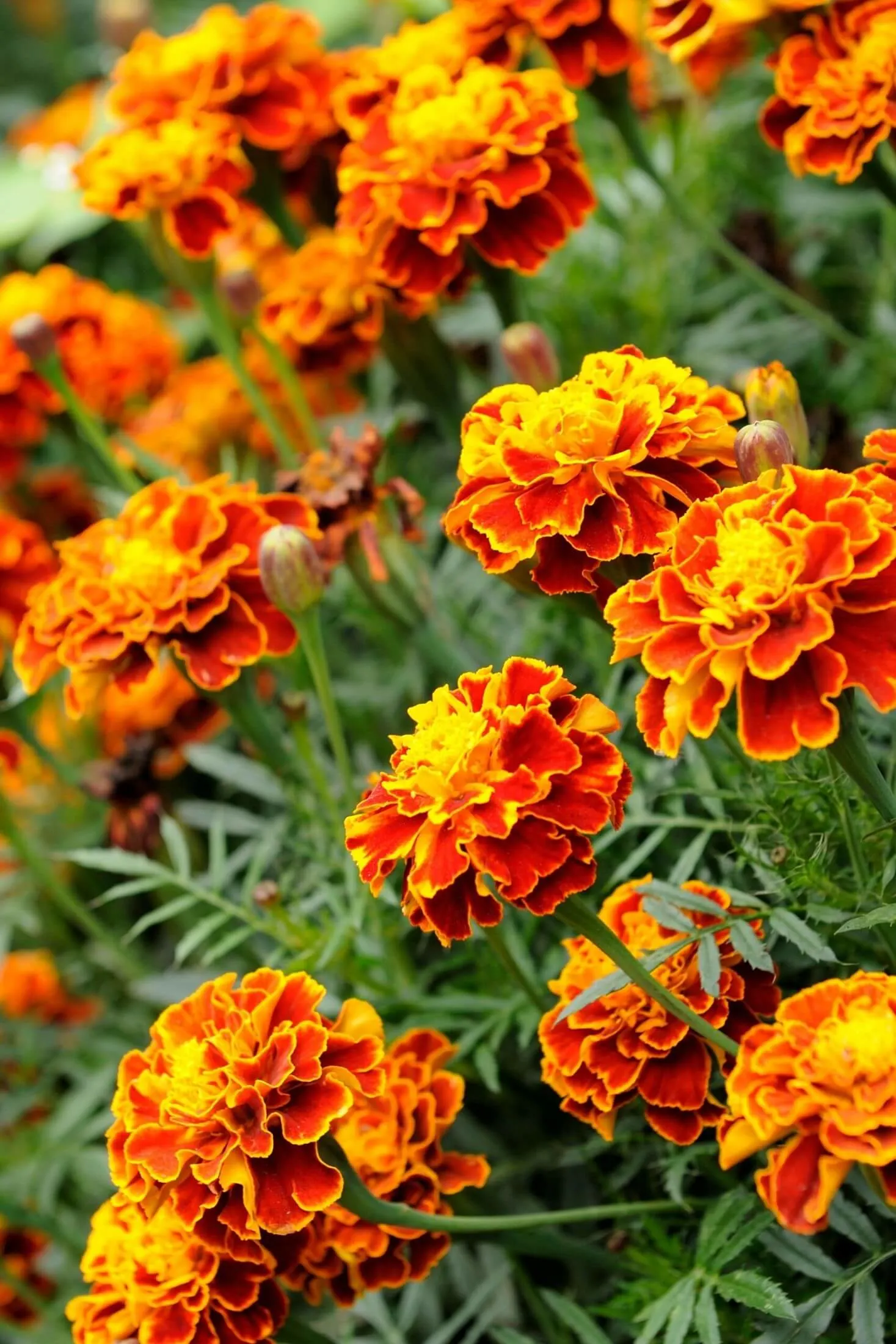
Nasturtium
Can we write a list of the best companion plants without including this flower? Nasturtium plants have bright, beautiful flowers and emit an aroma to confuse sweet potato pests so they don't find your sweet potatoes!
Aphids and other pests are attracted to the edible, peppery leaves of the nasturtium and will leave your sweet potato vines alone!
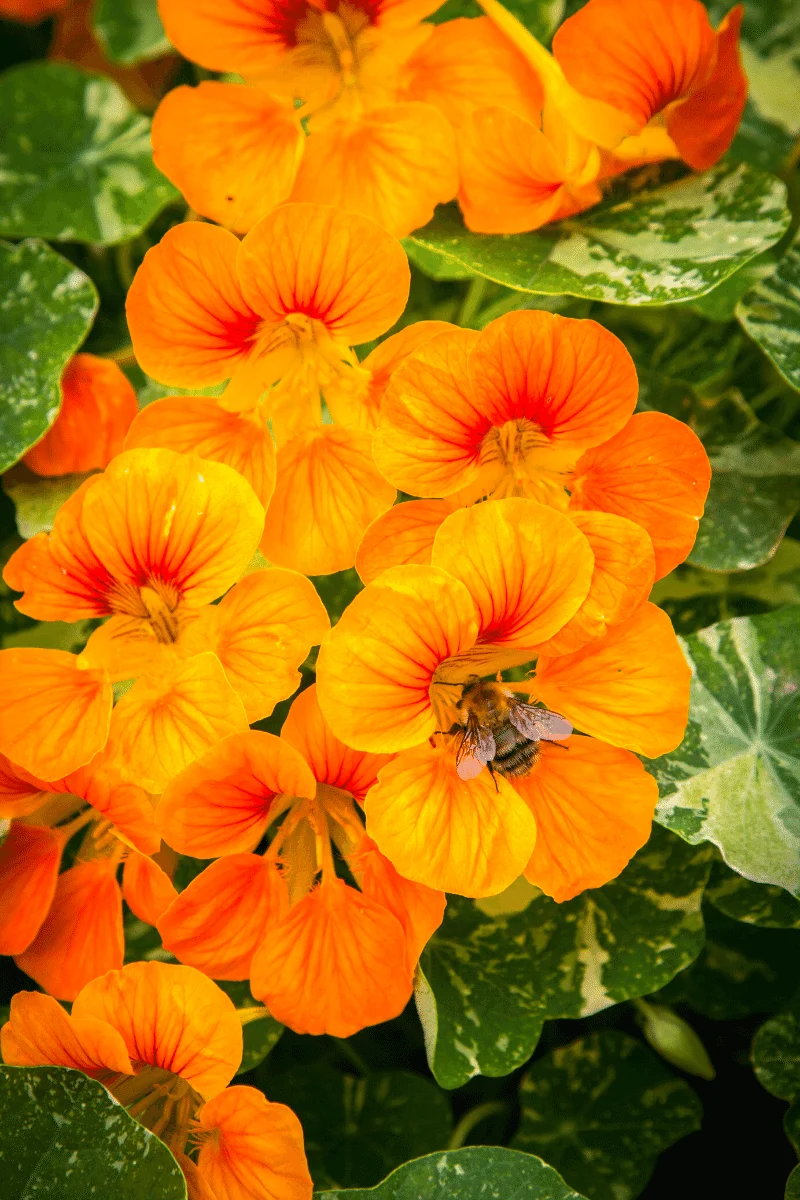
Radishes
Radishes are companion plants that can be interplanted with sweet potatoes because they mature quickly and are harvested early enough in the season to give more room for the sweet potato vines to grow!
Radishes also help sweet potatoes by attracting aphids, which will then become an easy meal for predatory insects like ladybugs and lacewings that came to your sweet potato patch to check out the yarrow and alyssum!
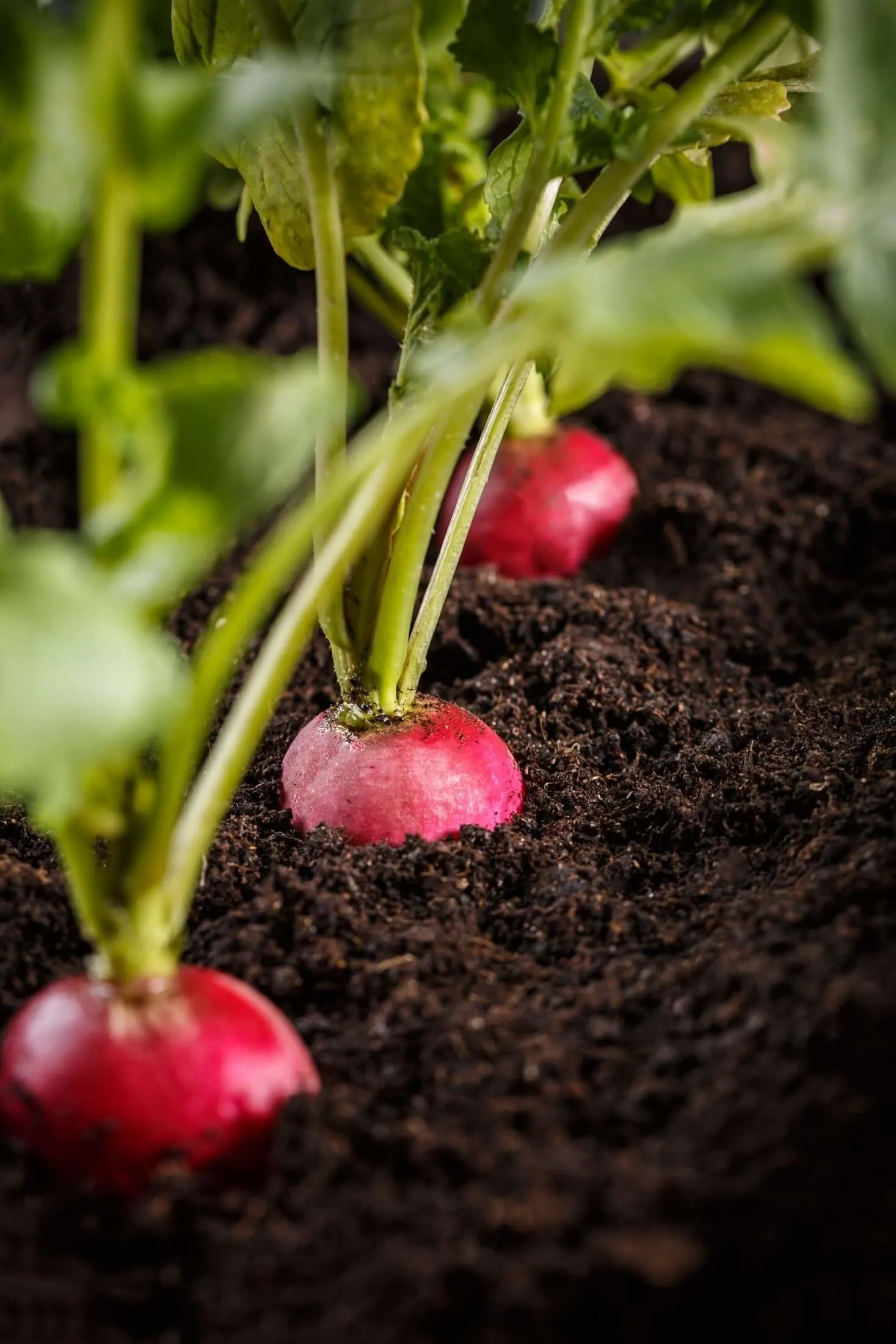
Spinach
Spinach's growth habit effectively creates an edible ground cover that suppresses weeds and keeps the soil from drying out in dry climates or during dry seasons.
As an added bonus, spinach is a short-season crop and will be harvested before the sweet potatoes are ready, giving them more room to grow.
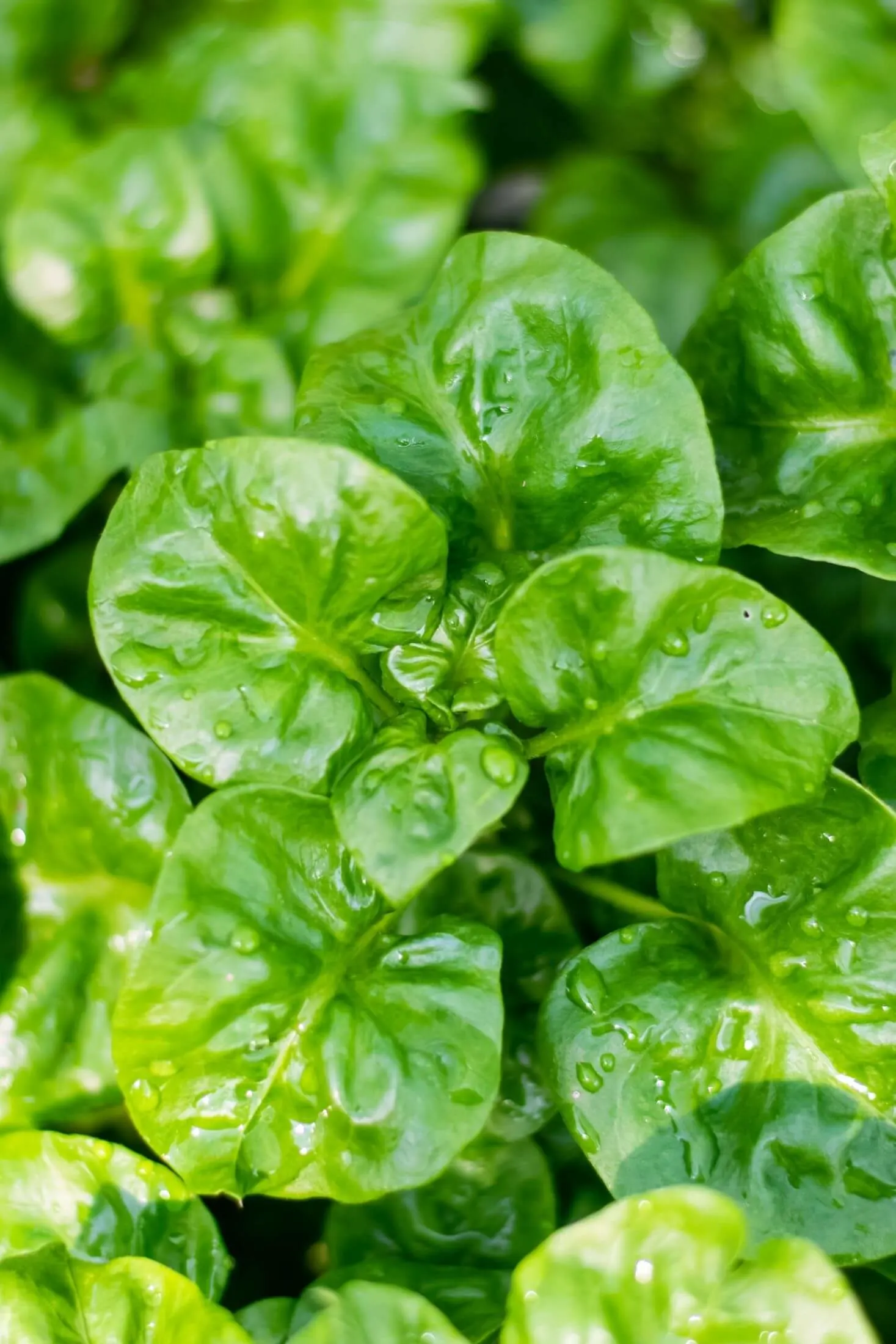
Yarrow
Yarrow is a rockstar companion plant, and it's used a LOT in food forest fruit guilds because it attracts so many beneficial insects.
Yarrow also attracts predatory wasps, ladybugs, lacewings, and spiders to your sweet potato garden, which will help keep the pests under control.
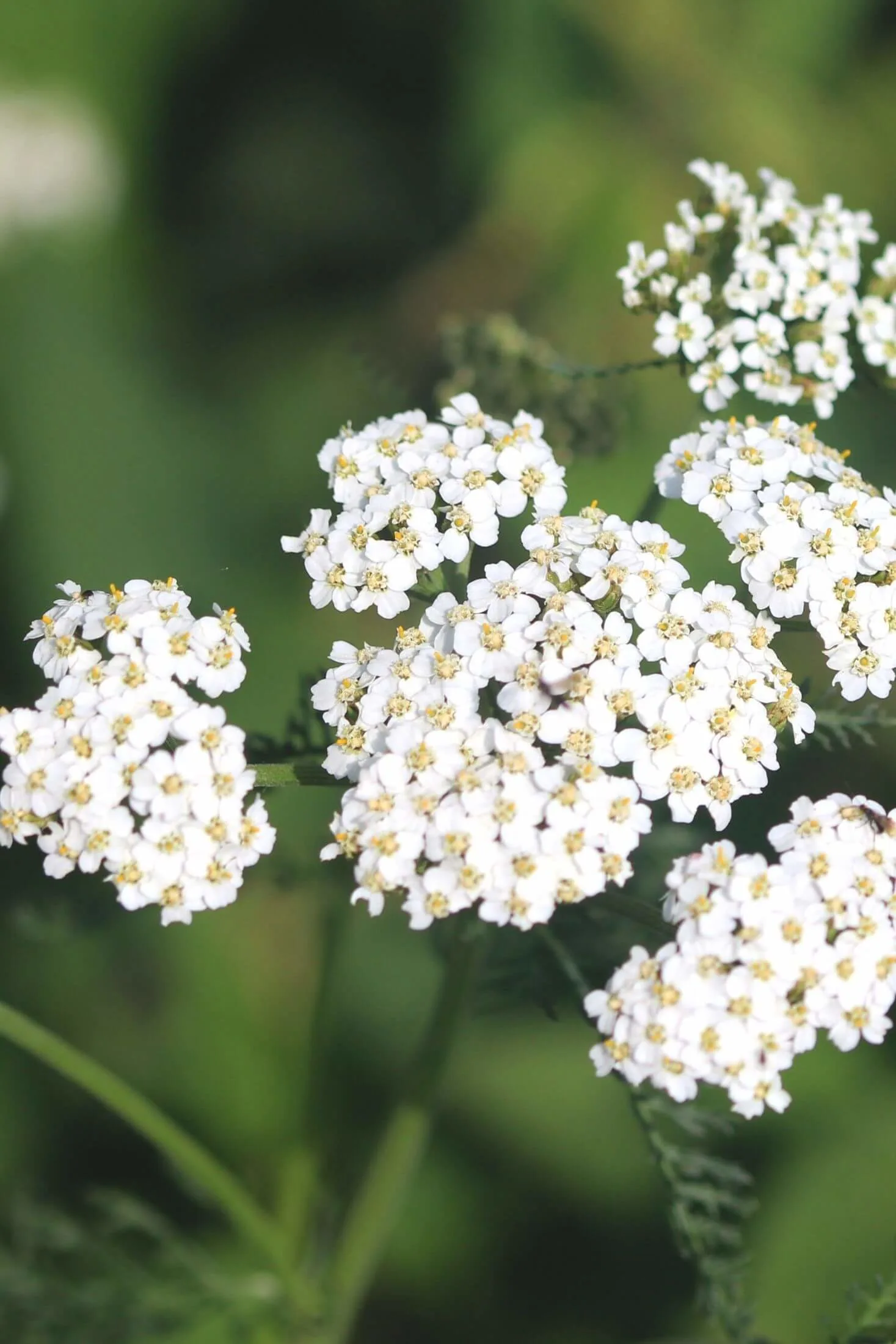
Worst Sweet Potato Companion Plants
Squash
Squash and other vining plants like pumpkins, cantaloupes, and watermelons are among the worst companion plants for sweet potatoes. These plants have similar growth habits so they compete for resources, including space and available sunlight. It's likely that both plants will suffer stunted growth if they are planted together!
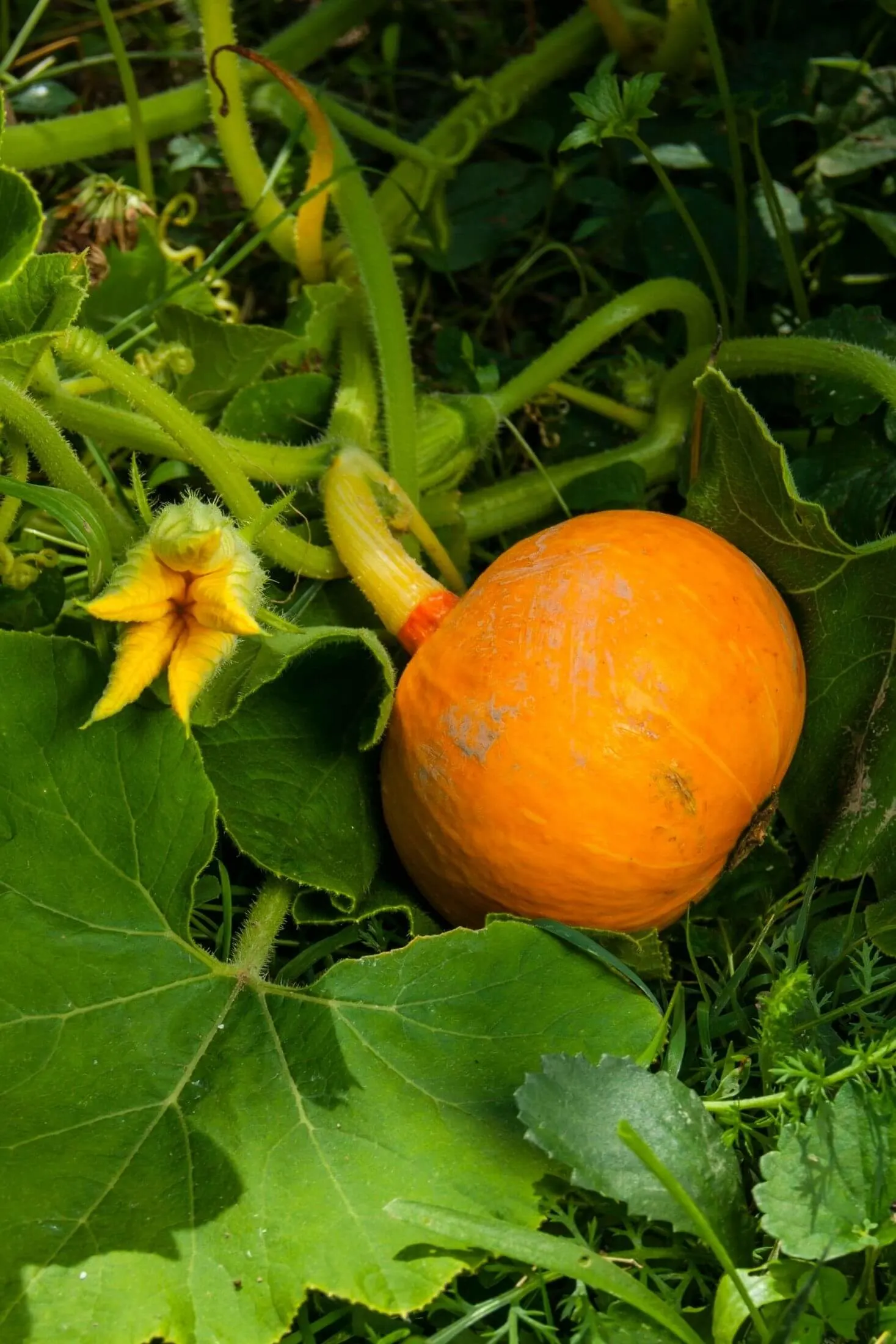
Tomatoes:
Tomatoes and sweet potatoes are susceptible to common diseases, like potato blight, so it's important to keep them separated to prevent the spread of disease.
Grow this toxic twosome at opposite ends of the garden whenever possible!
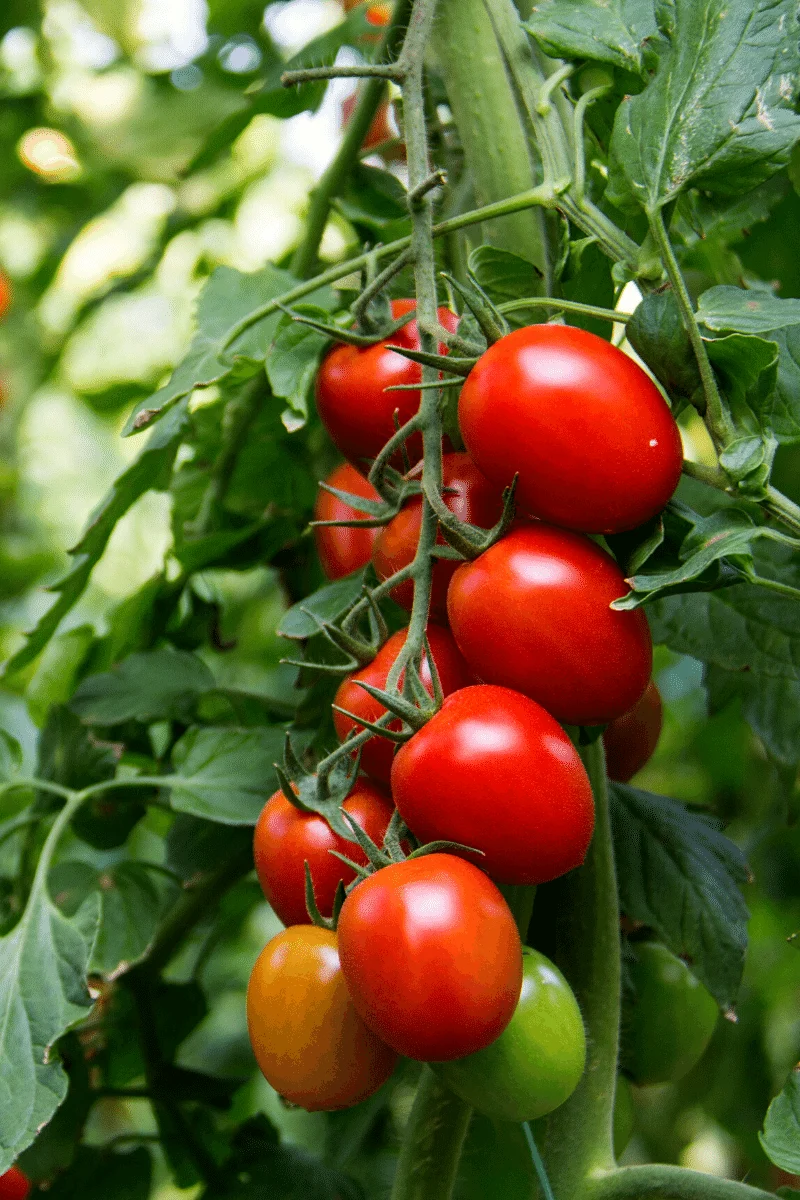
Sunflowers:
Sunflowers are also poor companions because they also increase the likelihood of blight on your sweet potatoes!
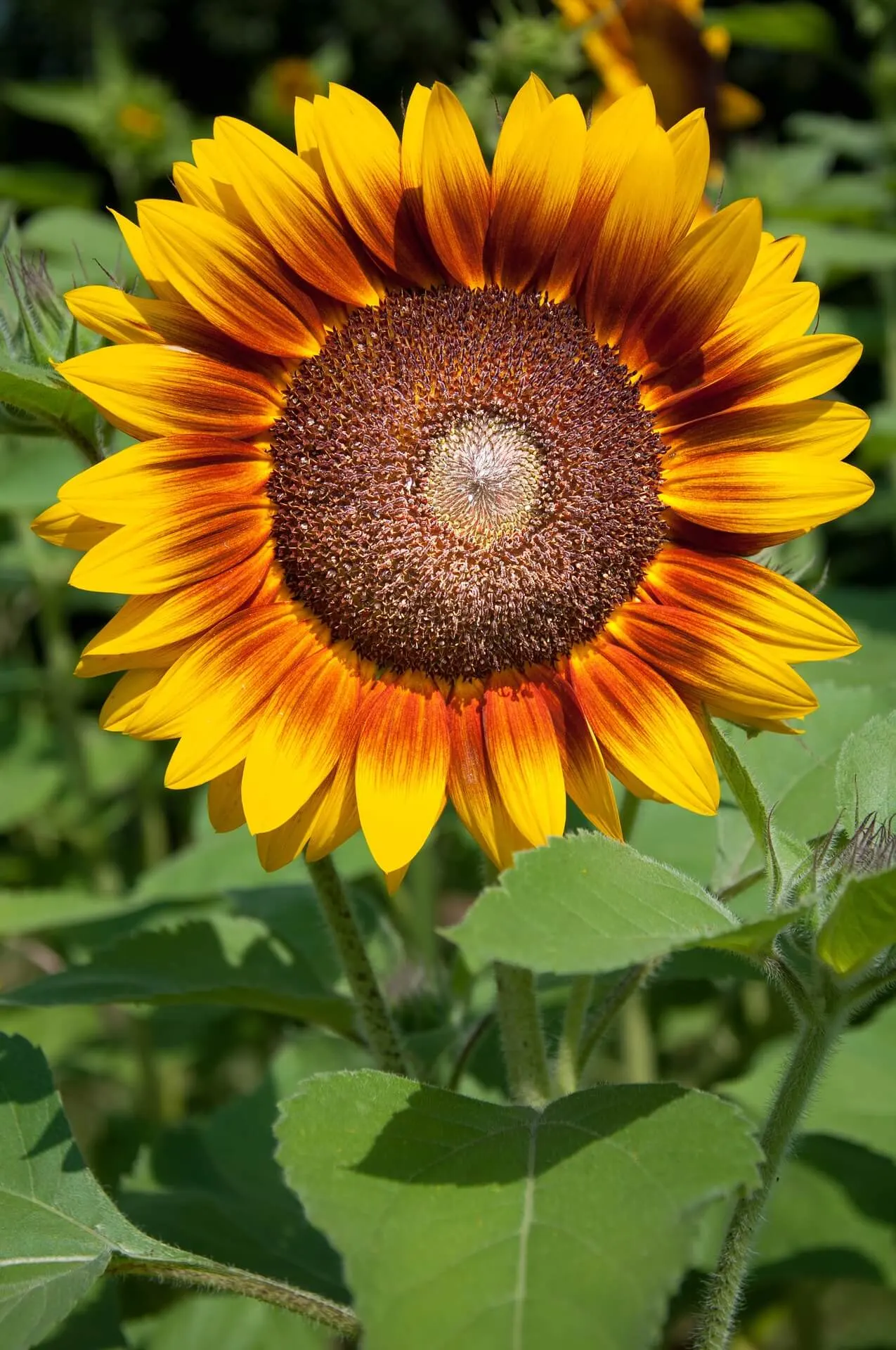
More Companion Planting Guides
Final Thoughts
Sweet potatoes are a great addition to any garden because they're a yummy and versatile vegetable. When companion planting sweet potatoes, it's important to choose plants that will help protect them from pests and diseases. Some of the best companion plants for sweet potatoes include beans, marigolds, nasturtiums, alyssum, yarrow, and spinach. Avoid planting squashes, tomatoes, and sunflowers near your sweet potatoes!
The best thing about sweet potato companion planting is how easy it is: all you need is some space in your backyard and a little bit of time spent planning ahead to make sure those sweet taters produce abundantly this season!
Pin This Sweet Potato Companion Planting Guide!


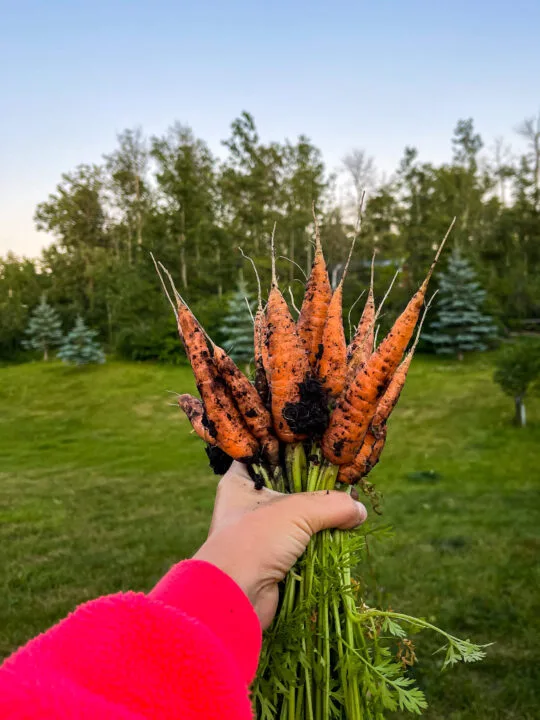
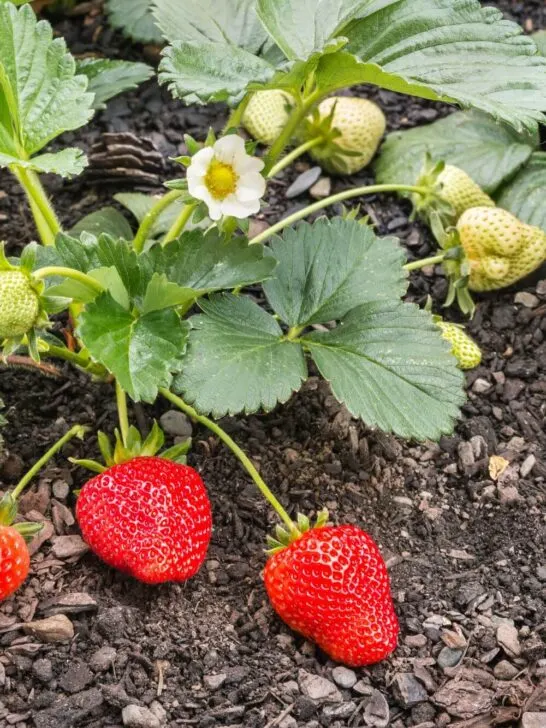
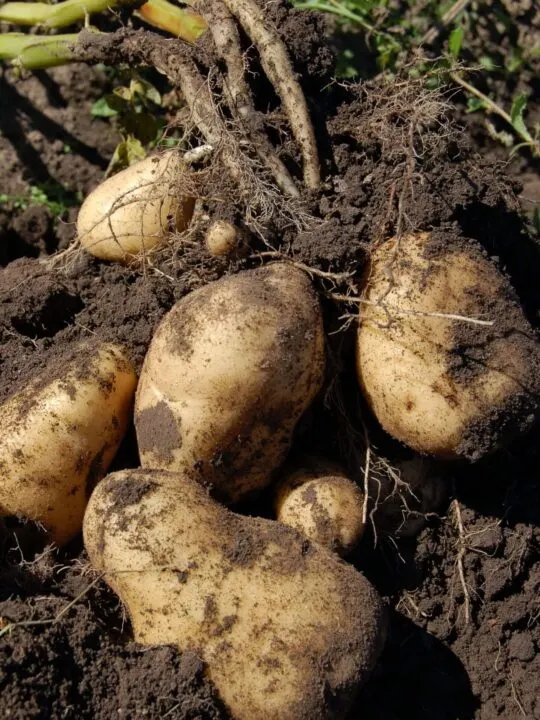
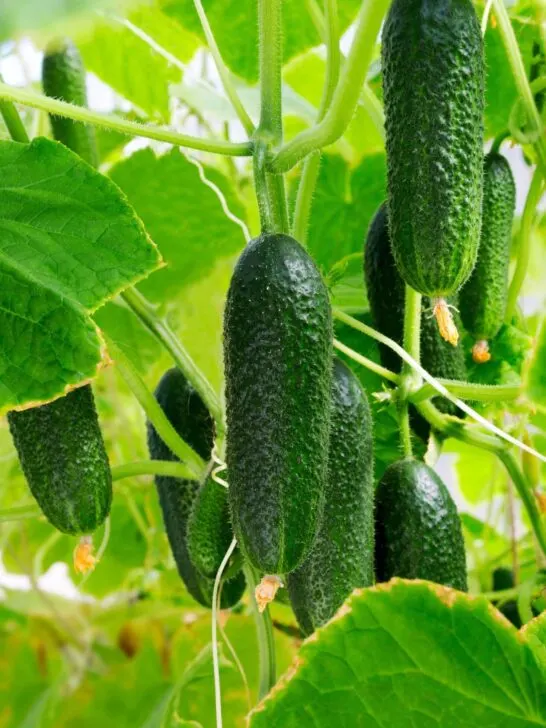
Tony Abudei
Saturday 1st of July 2023
Lovely and educative, will try beans on my sweet potato garden.
Ally
Tuesday 11th of July 2023
Awesome! Glad to hear!